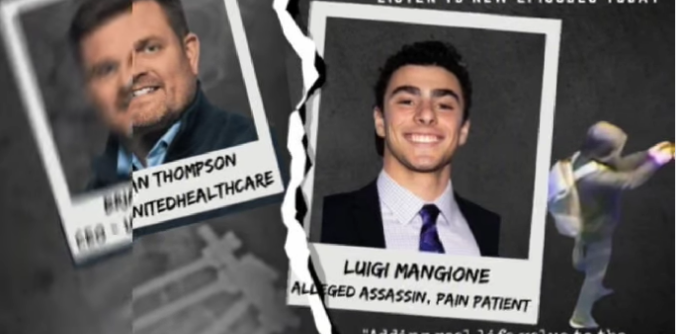Artwork by Leah Rodgers
It has been more than four months since the novel coronavirus pandemic has uprooted the lives of millions from around the world. And yet there is still controversy surrounding its impact on the day to day lives of Americans in every possible sector from sports to education. As of March, top experts from various medical fields have debated about the spread of COVID-19, who is most vulnerable, and how important it was to “flatten the curve.” We have watched elected officials, notably Governor Andrew Cuomo of New York take charge on this mission when the federal leadership under Trump’s administration proved to be disorganized, unprepared, and inadequate.
Many Americans, especially young people saw this level of disorganization play out on a national stage as States were left figuring out how to best manage the rising COVID-19 cases and deaths within their jurisdictions. It seemed overnight that new phrases such as “stay at home,” “flatten the curve,” “social distancing,” “6ft apart,” “quarantine,” “asymptomatic and symptomatic,” “testing,” “antibodies,” “essential workers,” and “PPE” were quickly added to our vernacular, as more and more people began working from home. The high levels of uncertainty and unrest created waves of anxiety and stress. For the first time, in a long time many of our top leaders did not have the clarity nor the answers many Americans wanted during a crisis.
This social transformation of a combined home-work life in quarantine greatly exposed economic disparities among race and class lines. It became very apparent of which demographic and businesses could afford to work from home. Populations who were already disenfranchised in America were plagued with what looked like insurmountable challenges. As these racial and class disparities increased, so did social injustice, particularly against Black Americans. The recent killings of unarmed Black men such as George Floyd, Ahmaud Arbery, and Rayshard Brooks on display, and Breonna Taylor’s unresolved murder at the hands of police officers unleashed a wave of global protests and civil unrest. Protestors and commentators with their mask either “on” or “off” despite the pandemic exercised their freedom of expression. The aftermath were a plethora of murals, petitions, calls to defund police establishments and make systemic policy changes, and even an increase in COVD-19 cases. Again, young people both participated and watched as a pandemic-ridden society tackled racial systemic inequality.
As we reflect four months later, how have these abrupt changes aimed to address the public health crisis affected young people? For example, top medical experts argue that the best thing that can protect communities is to practice social and physical distancing, good hygiene, and wear a mask. It is the latter that still remains very controversial. Why is it that many young people are very divisive when it comes to wearing masks? One of the arguments is that the mask offers little protection since people who have worn one still became sick. Another is this notion that young people have strong immune systems and feel invincible. More so, they believe that humans need to experience face-to-face interactions after months of quarantine. Many are not thinking about being asymptomatic carriers, but rather fearless, believing and trusting that their friends are healthy or will recover quickly.
As a demographic that is very porous, this tension could also be a direct result of the disorganization reported by the national media and online, coupled with the individualized nature of how the coronavirus has affected young people.
One can look at the controversy surrounding wearing a mask and see how this correlates to how divisive the country has been for the past four months. When there is so much division in every sector of society, it is almost impossible to see collaborations that bring about hope and positive change. Without this necessary sense of hope, many young people will remain nonchalant or adamant about being fighters in this pandemic and doing things like wearing a mask.







